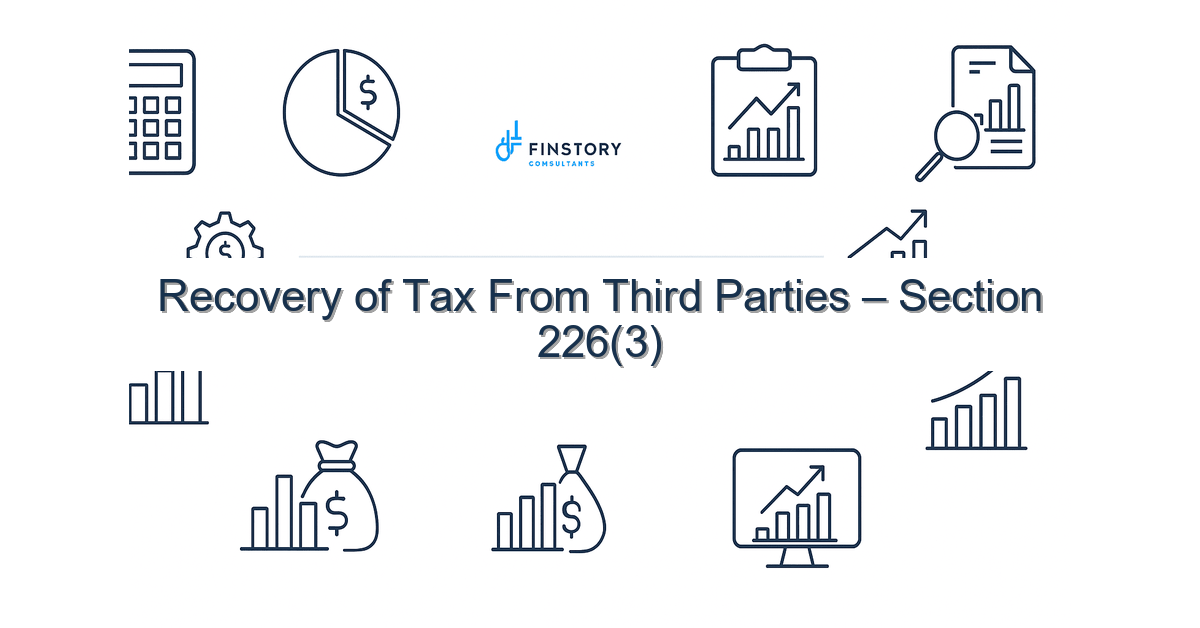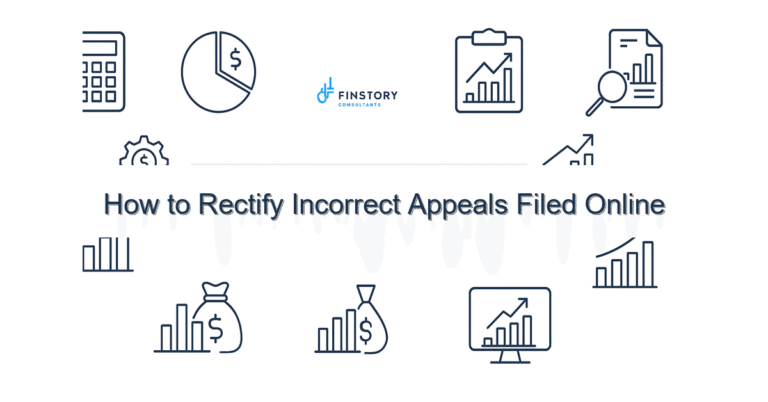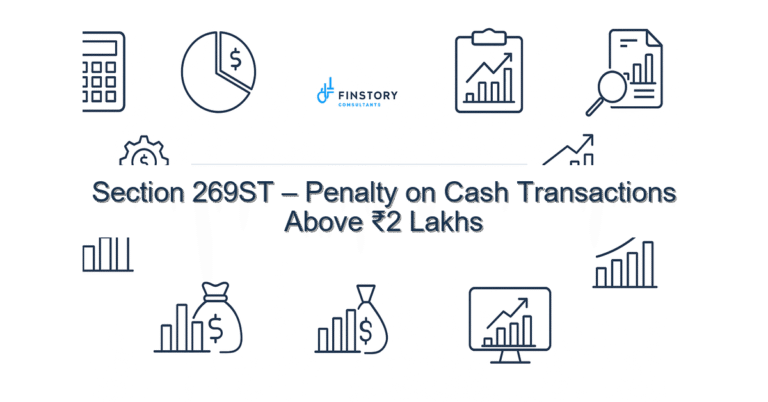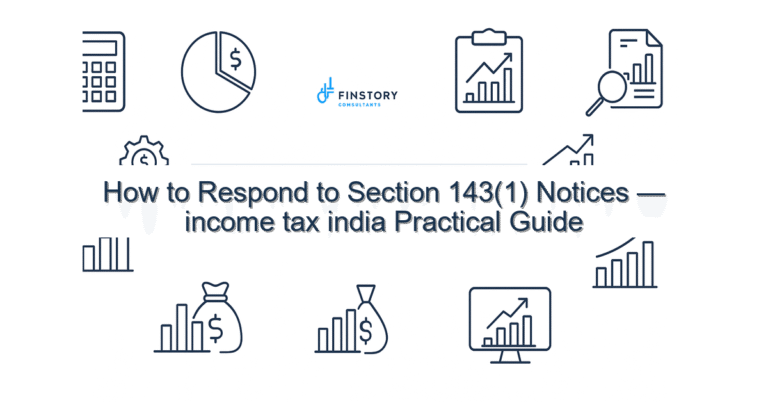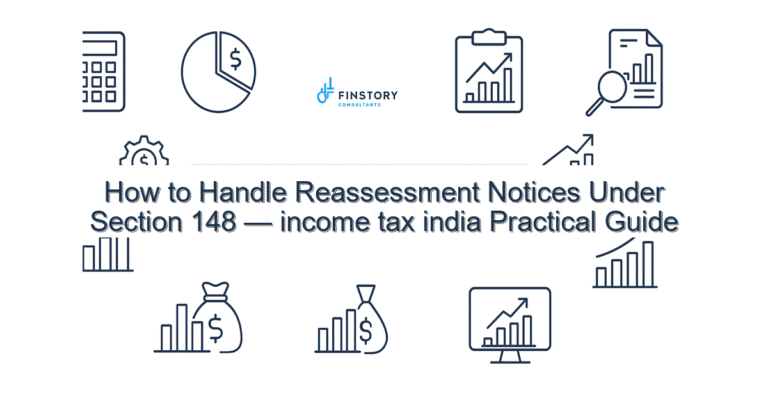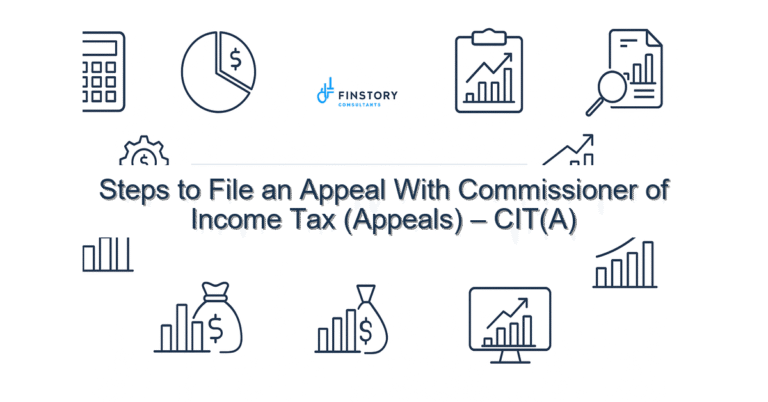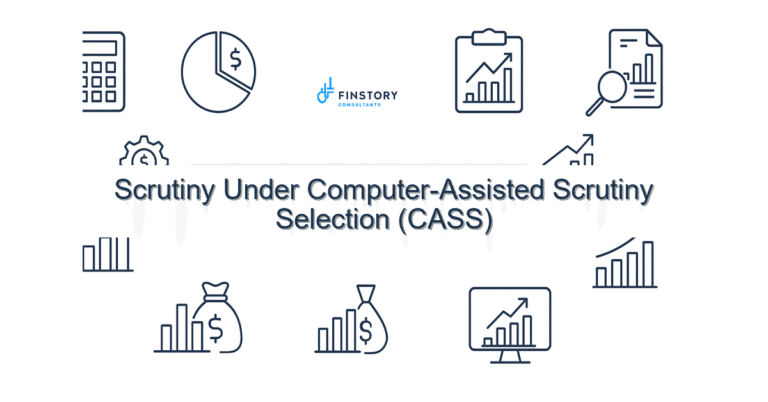Recovery of Tax From Third Parties – Section 226(3)
Tax notices and unexpected recovery demands are stressful — especially when they arrive months after you filed your ITR or got a refund. You’re not alone: many salaried employees, professionals, founders and MSMEs face third-party recovery under Section 226(3) and don’t know what steps to take.
Summary: Section 226(3) empowers tax authorities to recover unpaid tax from third parties holding your money or assets; timely documentation, clear responses to notices, and professional help can prevent improper recovery and protect refunds.
What’s the real problem in India?
In India, recovery of tax from third parties (Section 226(3) of the Income-tax Act) lets the tax department attach money or assets held by another person — banks, employers, or parties owing you money — to recover outstanding tax. For many taxpayers, the process is opaque: notices use legal terms (AY/PY), reference CBDT timelines, and cite forms and orders that look intimidating. Add digital statements like AIS/26AS and cryptic entries for TDS/TCS, and it’s easy to miss the crux.
- Symptom: You get a recovery notice after the ITR filing last date, or even after receiving a refund.
- Symptom: Your salary or bank account shows a hold because of a third-party attachment.
- Symptom: TDS/TCS claims on AIS/26AS don’t match your records, leading to demand notices.
- Symptom: Confusion over AY vs PY, or whether the demand is for the new vs old regime slabs year.
What people get wrong
Common pitfalls include assuming a notice is an immediate recovery order; ignoring discrepancies in AIS/26AS; failing to reconcile TDS/TCS entries and bank interest; and not using timely remedies like filing objections or payment proofs. Many think paying the demand is the only option — in reality you can contest, submit proofs, or seek stay depending on the facts. Founders and MSMEs often miss that recovery can affect working capital if creditors or customers have payments held up.
A better approach
Follow a structured, prompt approach to avoid unnecessary loss and stress.
- Read the notice carefully — note the assessment year (AY) and the period it covers; check the demand amount and reference number.
- Reconcile AIS/26AS, Form 16/16A and bank statements for the relevant AY/PY to identify genuine mismatches.
- Contact the third party (bank/employer/customer) immediately to understand any attachment and preserve documentation.
- Prepare a written response with supporting proofs (TDS certificates, tax payment challans, bank credit advices) and submit to the jurisdictional assessing officer within stipulated time.
- If required, engage a tax advisor to file appeals or seek a stay and to negotiate release of funds where attachments are unjustified.
Real-world example: A Bengaluru freelance consultant received a recovery notice for Rs. 1.2 lakh citing missing TDS for AY 2021–22. After reconciling AIS/26AS and the client’s TDS certificate, she found the client hadn’t deposited the TDS. With a joint declaration from the client and proof of tax payment, the recovery was withdrawn within 30 days — avoiding salary hold-ups and interest.
Quick implementation checklist
- Open the recovery notice and note deadline dates immediately.
- Download AIS/26AS for the concerned AY and compare with Form 26AS entries.
- Collect Form 16/16A, bank statements, and invoices related to the demand.
- Check if the demand arises from TDS/TCS mismatch or direct assessment—identify root cause.
- Contact the third party (bank/employer/client) to check if they received an attachment order.
- Draft and send a response to the assessing officer with evidence; request details of attachment location (account, employer).
- If the third party has already frozen funds, request a release citing documentary evidence or file a writ if urgent and justified.
- If unsure, book a tax consultation — mistakes in response can lead to irreversible recovery.
- Track the case on the e-filing portal and maintain copies of all correspondences.
What success looks like
- Refunds released or attachments revoked within 30–60 days.
- Reduction or withdrawal of demand after documentary reconciliation (0–100% demand reduction).
- Fewer tax notices year-on-year due to reconciled TDS/TCS and AIS/26AS monitoring.
- Minimal disruption to payroll or working capital for founders and MSMEs.
- Clear records so ITR filing last date compliance and claims under Section 80C limit or capital gains indexation are supported and defensible.
Risks & how to manage them
Risk: Recovery is enforced before you can respond. Mitigation: Immediate communication with the third party and AO; seek interim relief through legal counsel.
Risk: Mismatched TDS/TCS entries on AIS/26AS. Mitigation: Proactive quarterly reconciliation and ensuring clients file TDS returns correctly.
Risk: Interest and penalties accrue. Mitigation: If demand is disputed, apply for stay or deposit the disputed portion under protest while contesting the rest.
Tools & data
Use these India-specific tools for fast reconciliation and tracking:
- AIS/26AS — primary document to verify TDS/TCS credits.
- Income-tax e-filing portal — track notices, show-cause, and demand status.
- TDS/TCS tracking tools and accounting software — link TDS certificates with vendor/customer ledgers.
- Bank statements and employer payroll records — for proving receipt and attachment details.
FAQs
Q: Can the tax department recover tax from my salary or bank without warning?
A: Yes, under Section 226(3) an attachment can be directed to third parties. But you should receive an attachment notice and you have rights to respond and request rectification.
Q: What if AIS/26AS shows TDS but I have no record of receiving it?
A: Sometimes TDS is shown against PAN due to errors by the deductor. Reconcile with Form 26AS, ask the deductor for Form 16/16A, and submit a proof-backed objection to the AO.
Q: I received a demand for capital gains — can indexation help?
A: Capital gains indexation rules apply where allowed. Provide purchase and sale invoices and indexation calculations in your response. Professional help speeds up acceptance.
Q: Does choosing the new vs old regime slabs affect recovery?
A: The slab choice affects your final tax computation for the year. Recovery actions relate to assessed liabilities — ensure your ITR reflects your chosen regime accurately and retain evidence for deductions like Section 80C limit claims.
Next steps
If you’ve received a recovery notice, don’t delay. Quick action can stop funds from being frozen and prevent interest, penalties or business disruption.
Start by reconciling AIS/26AS and gathering TDS/TCS proofs, then get professional help to respond correctly and fast. For ITR queries, missed filings, or to check if your refunds are safe, we can help you navigate each step.
Work with Finstory. Speak with an Expert for a personalised plan to reduce your tax outgo and stay compliant. Book a free 20-min consultation.
Work with Finstory. Speak with an Expert for a personalised plan to reduce your tax outgo and stay compliant. Book a free 20-min consultation.
📞 Need help with Income Tax in India?
Book a 20-min consultation with our tax team. Individuals, founders & MSMEs welcome.
Prefer email or phone? Write to info@finstory.net
or call +91 44-45811170.
